| Columns Retired Columns & Blogs |
Beautiful coverage and pictures- TC.
Always great to see Brad, Branford and Fred on the Jazz scene.

It has been a year since my piece "On The Road Again: A Jazz Festival Journal From A Summer Of Plague And War" appeared, in the November 2022 issue of this magazine. It described three European jazz festivals I attended in July 2022.
In July 2023, I returned to Europe to attend two festivals. The COVID-19 plague and its fallout had significantly subsided. The war in Ukraine was still raging, but this time I didn't get near it. In 2022, I went to a festival in Romania, which borders Ukraine. In 2023, I only went to Italy.
Like the year before, my first 2023 stop was the Südtirol Jazz Festival. It is based in Bolzano but extends beyond it to other sites in the northernmost province of Italy, bordering Austria. It is a region most tourists, in their pilgrimages to Rome, Florence, and Venice, never see. It is one of the most beautiful places on earth. The Südtirol festival deeply integrates its music into its extraordinary physical environment. Concerts are often set on the cliffs and in the valleys of two mountain ranges. Crumbling castles and terraced vineyards cling to the sheer sides of the emerald green Italian Alps. The silver Dolomites, with their jagged massifs, tower even higher in the sky. Sometimes reaching the music requires two cable car rides.
The Südtirol festival started small in 1982. It now lasts for 10 days. In 2023, the festival presented 90 concerts by 150 artists in 50 locations. But it feels intimate. Most sites hold small audiences that sit close to the music. Famous artists rarely play there. Südtirol books emerging musicians who push the jazz envelope. You don't go to Bolzano for bebop. You go there to immerse yourself in experimentation and rule-breaking. You go there knowing that some new synapses will fire in your brain.
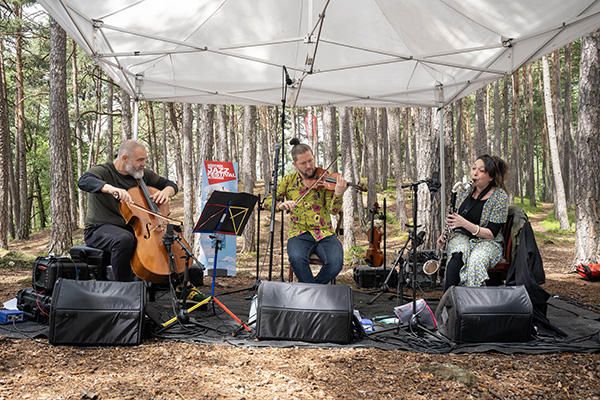
A quintessential example of a Südtirol experience was provided by a little-known French trio, La Litanie des Cimes. They are Clément Janinet (violin and compositions), Elodie Pasquier (clarinets), and Clement Petit (cello). They played their unclassifiable, haunting music twice, both times at noon. Once was in a deep forest. Once was at the edge of a ravine at 6500'. At a jazz festival, noon is early. La Litanie des Cimes started off two consecutive festival days by turning everyone's mood inward and contemplative. The trio's quiet, intricate counterpoint became part of the woods and mountains.
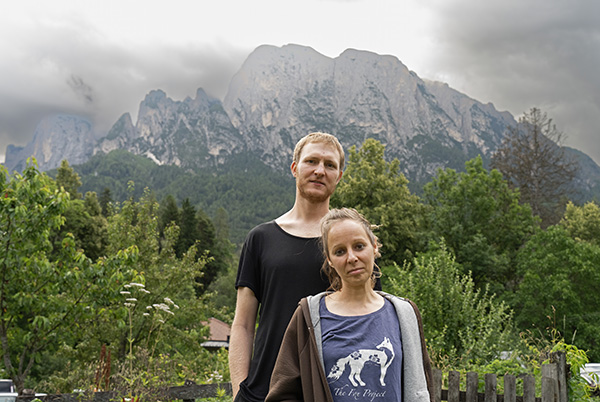
A few of the names in the 2023 program might be familiar to American jazz fans. Francesco Diodati, one of the most creative under-40 guitarists in Europe, is a member of a band led by trumpeter Enrico Rava, Italy's most famous living jazz musician. Drummer Gard Nilssen made his ECM recording debut as a leader last year. Reed player Dan Kinzelman and bassist Ruth Goller are presences on the avant-garde scenes of, respectively, Italy and the UK. Baritone saxophone warrior Mats Gustafsson has been a force in left-of-center European jazz for years.
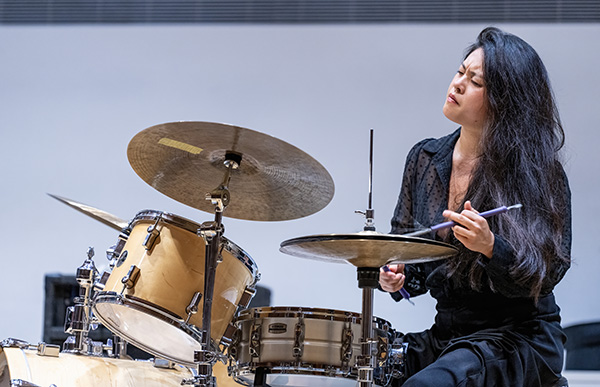
Over the years, many new names at this festival have gone on to wider recognition. Among those who displayed such promise this year were virtuoso guitarist Antoine Boyer of France, trumpet badass Alistair Robert Payne of the UK, and versatile drummer Sun-Mi Hong of Korea. Remember their names.
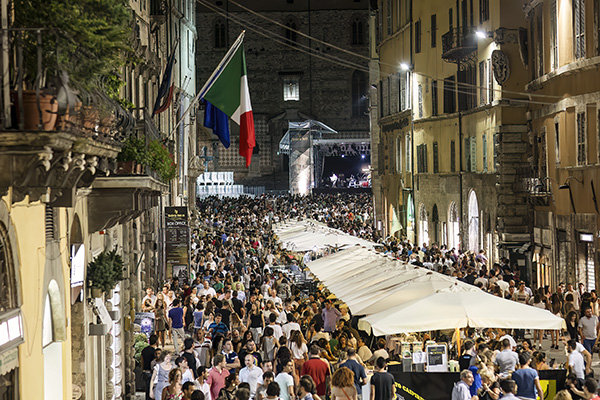
My next stop was the Umbria Jazz Festival, which was celebrating its 50th anniversary. What happens every July in Perugia is truly a festival, a bacchanalian street party. It is also a gathering of the tribes, a convocation of the faithful. (Lee Konitz once said, "Jazz is what we have instead of religion.")
For 10 days and nights, it totally takes over the historic center of one of Italy's most beautiful hill towns. Thousands of revelers throng cobblestone streets. The main venues are the outdoor Arena Santa Giuliana, the horseshoe-shaped, 18th century Teatro Morlacchi, and Sala Podiani in the 13th century Palazzo dei Priori. There is also free music on outdoor stages at either end of Corso Vannucci, the main street of the Old Town. A manic marching band, Funk Off, parades down Corso Vannucci twice a day, trailed by children and dogs.
Umbria took on even greater intensity this year due to its 50th anniversary. Very few jazz festivals can lay claim to 50 years. People responded to the magnitude of the moment by partying harder. Carlo Pagnotta started it in 1973 and has run it ever since. On the last day of the festival, it was announced that he will continue as artistic director. (He is 90 and there had been rumors that he would step down.)
Bob Dylan played on opening night for 4800 people in a sold-out Arena Santa Giuliana. I had never seen Dylan live. It was an experience of profound nostalgia, to finally hear that nasal voice in person, the sly, talky voice that is part of the soundtrack to the movie of our lives. Yet the night was underwhelming. Dylan's management had specified minimal stage lighting and no video screens. The huge screens on either side of the stage were dark. With the possible exception of those who had paid €178 for a ticket and sat toward the front, you could not see Dylan well. His twanging voice sounded familiar but disembodied. It was also surprising hat he sat or stood at a piano all night. He picked up a harmonica once but never a guitar. Still, I got goose bumps when he broke into "I'll Be Your Baby Tonight."
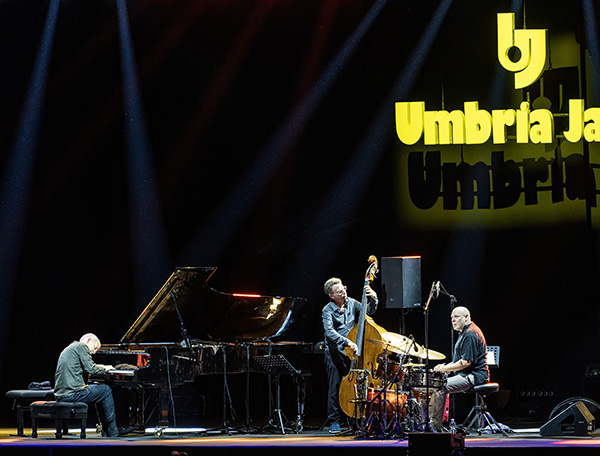
Umbria always presents some pop acts in the arena. Besides Dylan, this year's bookings included Ben Harper (boring) and Italian stars Paolo Conte and Mika (I passed). The best jazz night had a double bill of the Brad Mehldau Trio and the Branford Marsalis Quartet. Enzo Capua, the artistic consultant to the Umbria organization who is almost as legendary as his boss Pagnotta, was sitting in the press section. After Mehldau's set, he could be heard to intone, "The best piano trio in the world." No one argued with him. Snarky Puppy was also fun; this little big band has found the secret sauce for blending pop-cultural friendliness with genuine jazz combativeness.
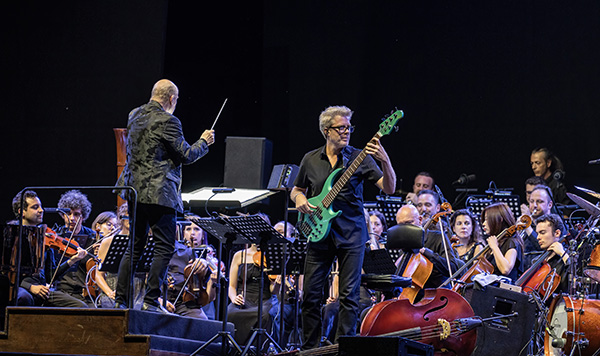
Also fun was "Eastwood Symphonic": Kyle Eastwood's quintet was joined by no fewer than two orchestras. The large stage of the arena was filled with 59 musicians playing themes from the films of Eastwood's father, Clint. Less fun was Herbie Hancock, whose lame, sloppy set was all too typical of his recent performances.
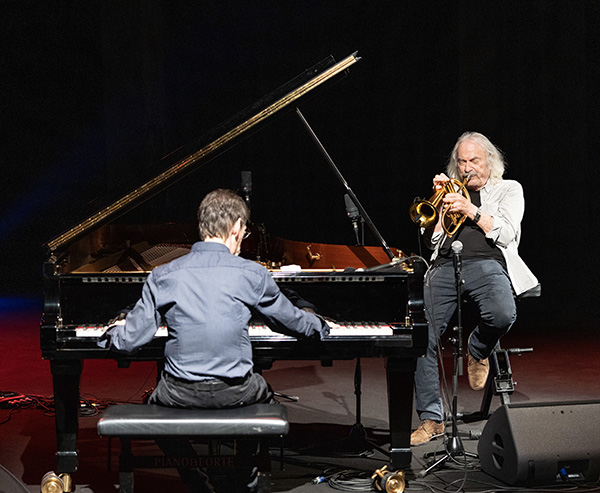
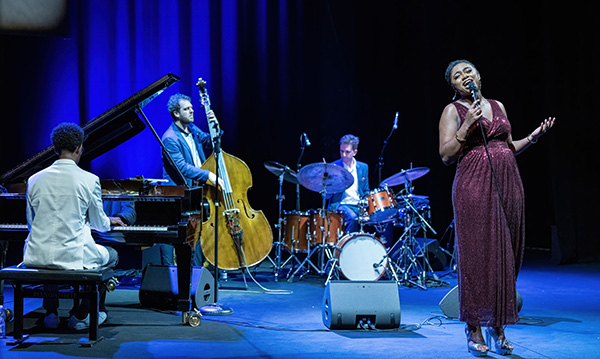
At Umbria, the jazz nerve center is the Morlacchi, which holds almost 800 people. It is a magical place to hear music. When you sit on the main floor, five tiers of opera boxes ascend high above you to a ceiling covered with Renaissance-style paintings. During the festival, the 71st annual DownBeat Critics Poll came out. Of the many jazz polls, it is the most closely watched. Kenny Barron, Fred Hersch, Bill Frisell, and Samara Joy placed either #1 or #2 in six different categories in the voting. In a three-day period, all four of them gave memorable performances at the Morlacchi. There has been a buzz over Joy on the jazz street in the past year. Her concert showed why, although she was more interested in demonstrating the range and power of her exceptional vocal instrument than in interpreting the emotional content of her chosen songs. She is 23 and has the tools to become a major singer.

Beautiful coverage and pictures- TC.
Always great to see Brad, Branford and Fred on the Jazz scene.

I’m always trying to expand my musical horizons, and from the writeups and recommendations, it seems I might be doing some of that expansion very soon.